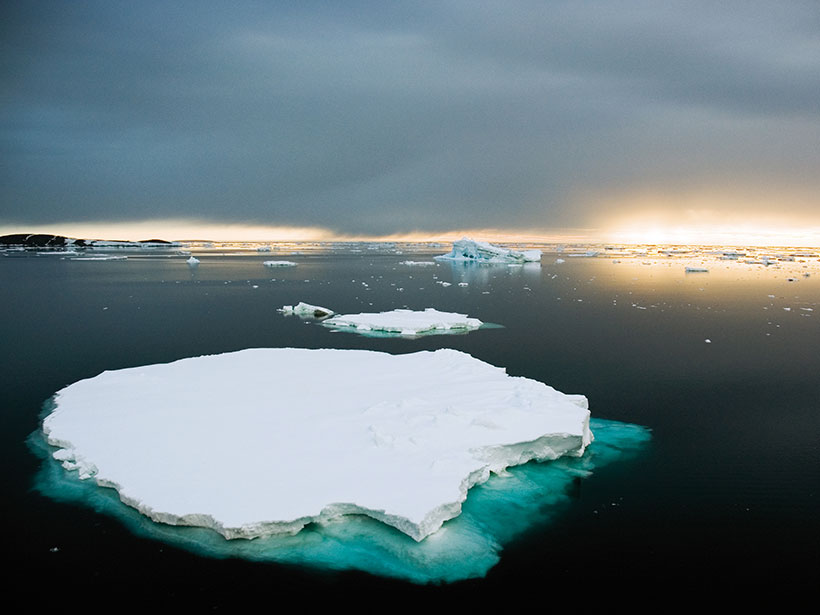A new analysis of long-term satellite records shows the East Antarctic Ice Sheet is unexpectedly dependent on fluctuations in weather. This study may improve models of how much sea levels will rise.
News
Geologists to Shed Light on the Mantle with 3D Model
The model, which will incorporate 227 million surface wave measurements, could help with everything from earthquake characterization to neutrino geosciences.
Our Food Systems Are Complicated. Food Data Don’t Have to Be
Researchers made a “Google Maps” for global food systems. Could it help us tackle food’s thorniest problems?
Building an Early-Career Researcher Community from the Ground Up
An international group of early-career scientists has developed its own network to virtually moor connections within the peatlands community.
Increased Plate Tectonic Activity May Have Warmed the Miocene Climate
Changes in rates of tectonic degassing may have been responsible for rapid, extreme warming during the Miocene Climatic Optimum and the long cooling period that followed.
Exoplanet Earth: An Ultimate Selfie to Find Habitable Worlds
Aliens spying on us from afar is a common science fiction trope. Soon we might know what E.T. would see through a telescope. And that information could help identify other Earth-like planets.
Modeling Groundwater and Crop Production in the U.S. High Plains
Innovative new research by a team of international scholars borrows modeling methods from ecology and applies them to groundwater sustainability.
Geociencias Comprometidas con la Justicia Racial. Ahora Tenemos Trabajo que Hacer
Quedarse callado es volverse cómplice de nuestra propia destrucción porque el racismo nos destruye a todos. Pero no quedarse callado implica más que hacer declaraciones. También está el silencio colectivo de no hacer nada. —No Time For Silence
Bringing Clarity to Magnetic Reconnection
A particle-level process appears to play a key role in planet-sized events throughout the universe.
Podcast: Songs of the Arches (with Helicopters)
Utah’s famous bridges and spires hum with a deep, earthly music, just below the threshold of human perception.










